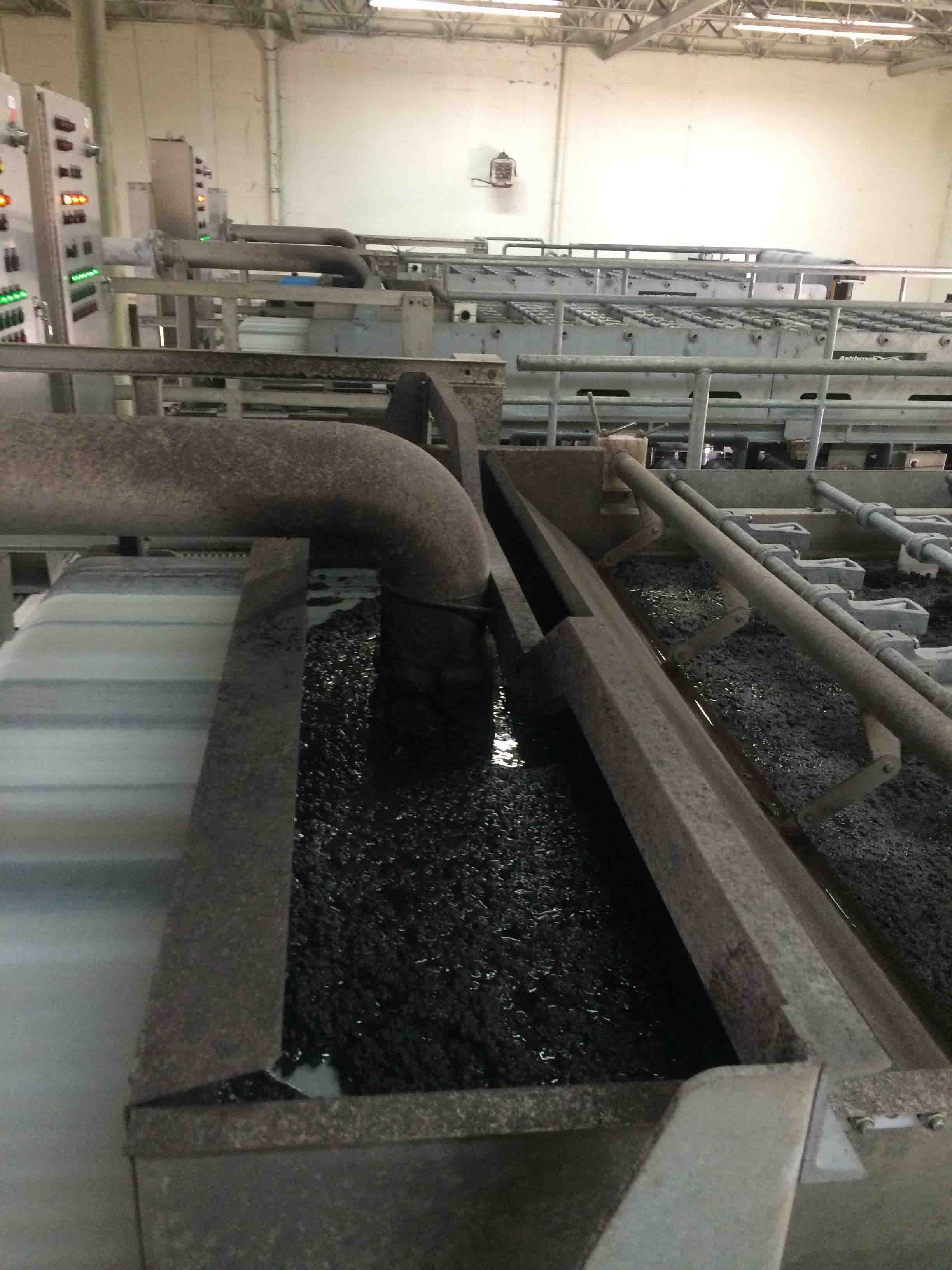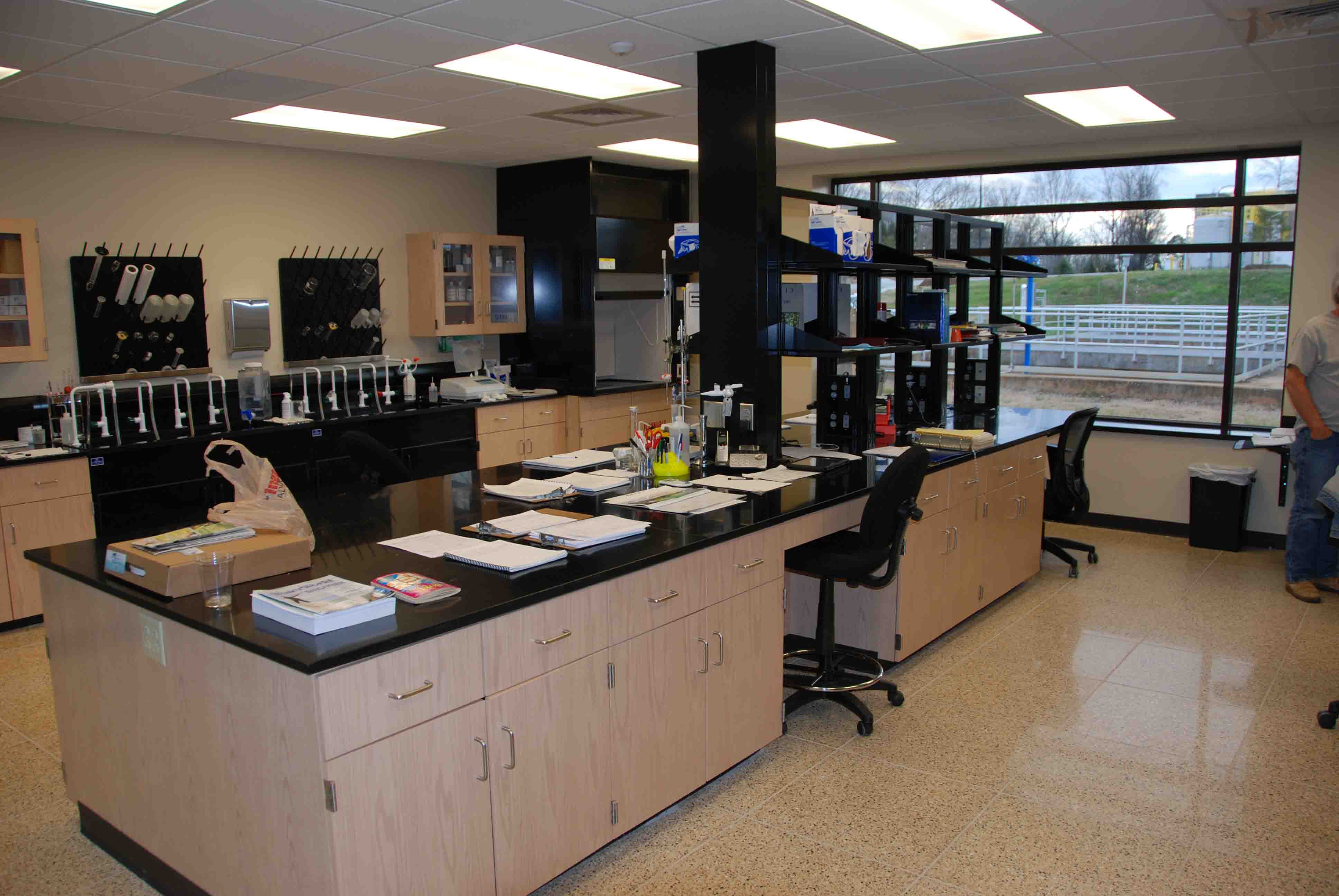South Carolina’s cities and towns are rolling out lots of environmentally friendly ideas, but they’re not alone in the region.
Some cities start off by creating a sustainability plan and appointing a sustainability officer. A lot of cities grow into a sustainability director, first by having a recycling coordinator, then an energy coordinator who tracks energy usage and looks for opportunities to save, according to Robert Reed, sustainable communities design director at Southface, an Atlanta-based non-profit that advocates for environmental solutions in construction, development and communities.
New development codes can help, too. Updated codes can reduce sprawl and traffic congestion, create mixed-used development, and overall improve sustainability, Reed said.
Many cities are making changes.
Atlanta, for instance, is part of the Better Buildings Challenge, a U.S. Department of Energy program to make commercial, public, industrial and residential buildings 20 percent more energy efficient over the next decade. Through the program, public and private sector organizations across the country work together to share and replicate best practices in energy efficiency.
Atlanta also has a sustainability office, which focuses on instituting best practices into city government and the community. The goal is for every new environmental activity, program, or policy to be screened and evaluated according to its economic and social impact. In addition, Atlanta requires all new city construction and major renovations to be Silver-LEED (Leadership in Energy and Environmental Design) certified. Examples include the city’s new public safety headquarters and the international terminal at Hartsfield-Jackson Atlanta International Airport.
In Decatur, Georgia, the Atlanta Regional Commission recognized officials for implementing policies and practices that contribute to the sustainable use of resources in metro Atlanta. Decatur became the first jurisdiction in the 10-county region to achieve the highest certification level as a Certified Green Community.
To become certified, Decatur developed an environmental sustainability plan that outlines goals and strategies that the city and community should take to serve as good stewards of the environment. The city committed to building LEED-certified facilities, including its Fire Station No. 1, which has high efficiency equipment and lighting, a green roof garden, a geothermal vertical-closed loop heat pump system, solar water heating, rainwater harvesting and greywater reclamation.
The city also supports several community gardens with financial and in-kind support. At Decatur’s Kitchen Garden, more than 30 refugee families grow hundreds of pounds of fresh food each season. The produce is sold at the Decatur Farmers Market and various Decatur restaurants, according to Renae Madison, spokeswoman for the City of Decatur.
Even streets can be green
North Carolina cities have also developed a number of innovative green programs. Fayetteville recently completed its “green street,” two downtown blocks that include several different stormwater control measures designed to reduce the impact of runoff and promote the infiltration of water into the ground, according to Giselle Rodriguez, city engineer. The stormwater control measures include permeable pavement, which has three levels of different stones that catch solid materials and allow water to filter through.
There is also suspended pavement, which consists of a crate-like system filled with specialized soil. Trees planted in this area absorb the nutrients from the water but have space for roots to grow while allowing the pavement above to remain stable.
The green street also features bio-infiltration bump-outs, which look like landscaped islands, but instead of a mound of dirt, these are holes filled with engineered soil that can filter water. They also have plants — selected for their ability to tolerate being in water or in drought — which can remove nutrients from the water, Rodriguez said.
All of these stormwater measures work together in an innovative process. “If water bypasses one system, it goes to the next,” she said. The city is monitoring its water quality over the next year and expects to see improvements.
Elsewhere in North Carolina, the City of Jacksonville’s Land Treatment Site treats up to 6 million gallons of wastewater per day, which is repurposed back into the environment.
Wastewater that has been naturally purified is distributed to cultivated forest land on the site.
The program makes a positive environmental impact by disposing of wastewater in an environmentally safe manner and eliminating the discharge of treated wastewater into the New River. The land treatment site covers 6,300 acres, with more than a third of the land dedicated to spray irrigation fields where pine trees are cultivated.
The final purification of the treated wastewater is provided by the soil and trees, which function as a living filter. They remove nutrients such as phosphorus and nitrogen, which in turn support rapid tree growth.
“The benefit of discharging into the forest is that plants need the nutrients to grow,” said Pat Donovan-Potts, Jacksonville’s stormwater manager. “The plants need ammonias, phosphates and nitrogen. A waterbody can’t take that kind of nutrient loading.”
Thinking green in South Carolina
South Carolina has environmental innovators of its own. The City of Sumter’s wastewater treatment plant uses sewage waste to create a slow-release, organic soil enhancer. As wastewater enters the plant, large objects are separated by automatic bar racks.
Sand and other small debris are removed, and the material is aerated and mixed with beneficial bacteria. This creates a sludge that is pumped onto belt filter presses where water is squeezed out, forming a putty-like cake. It is then heated, dried and converted to small pellets called poconite according to Al Harris, assistant city manager, responsible for the city’s public service area.

Sumter's poconite operation prevents waste from entering a landfill./Sumter
The City of Sumter produces about 1,200 tons of poconite per year, the bulk of which is sold to a fertilizer company in Florida, Harris said. Before, the city would haul the waste to a landfill, a costly and labor-intensive process, he said.
Groundbreaking green initiatives are not limited to large cities. Last year, the Municipal Association of SC awarded the City of Seneca an Achievement Award for its water treatment plant. The plant was built in the 1960s on Lake Keowee, and over the years, a residential development grew up alongside it.
Residents expressed concerns about operational and safety issues at the plant, including its use of hazardous chlorine gas in the disinfection process.
City officials met with neighborhood leaders and developed a partnership to address their concerns. The plant stopped using the chlorine gas and instead began using a sodium hydrochloride process, according to Bob Faires, director of utilities.
The city upgraded the plant’s spill containment capabilities and site security. It also beautified the administrative building so that it no longer looks like an industrial site, said City Administrator Greg Dietterick.

Seneca's water treatment plant provides greater safety./Seneca
The city rents out a community meeting space, which has scenic lake views, for corporate events, as well as public and private events, Dietterick said. The facility earned LEED certification, and Seneca also applied for Envision certification from the Institute for Sustainable Infrastructure, Faires said.
Also of note — Seneca has the world’s first all-electric municipal bus fleet. The six buses in the fleet have been in service since 2014. The buses save the city fuel and maintenance costs, run quietly, are fare-free and don’t contribute to air pollution, according to Ed Halbig, planning and development director and point person for the bus system.
Many cities function the same way they always have and are afraid of upsetting the apple cart, Dietterick said. But Seneca has been able to take on cutting-edge programs because they have open-minded department heads and city leaders who are proactive, and work toward a common goal, he said.
“It’s part of our culture here,” Dietterick said. “The citizens are our customers. We are here to serve.”
